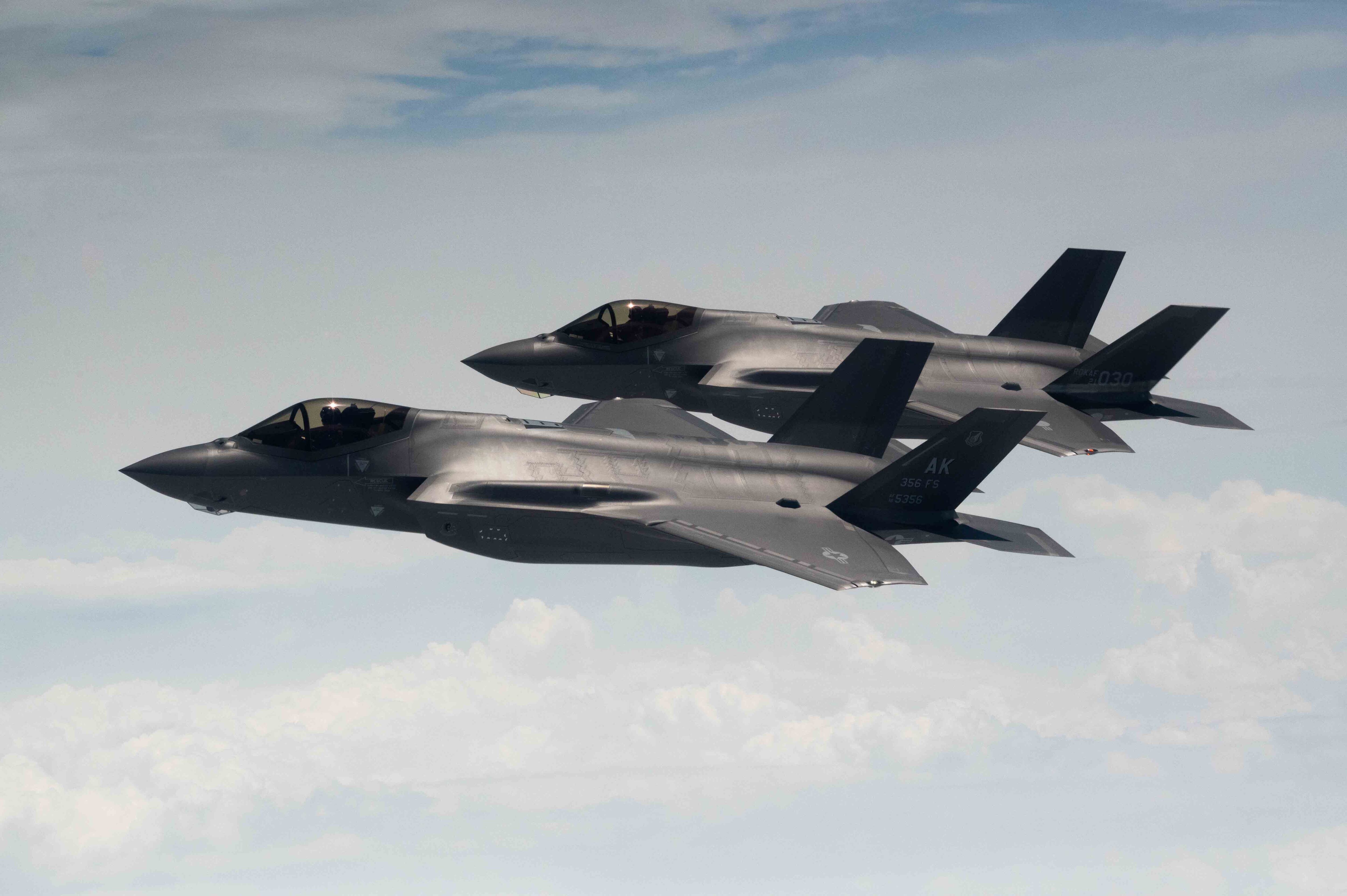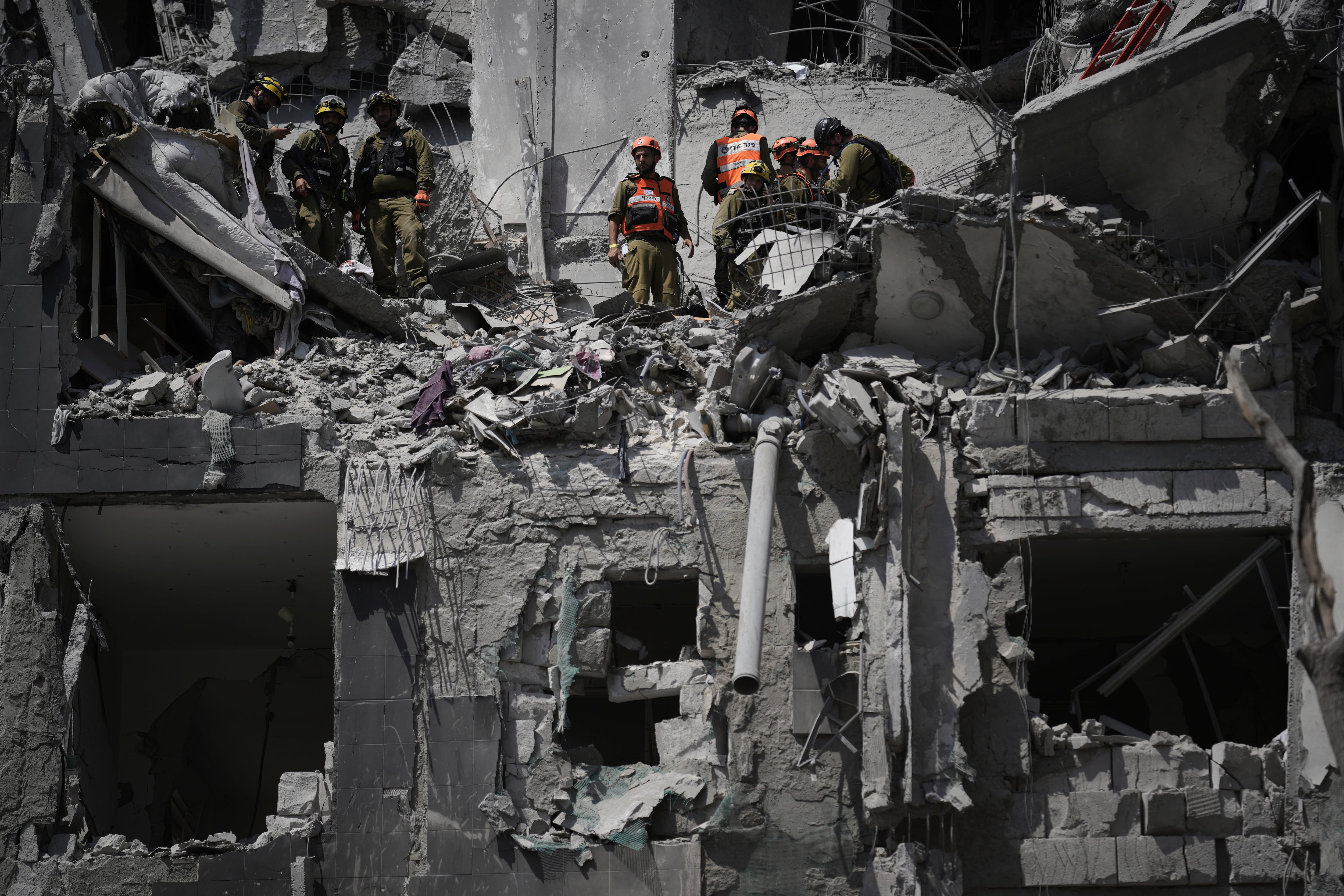The Air Force’s F-35A Lightning II fleet is the latest to stand down amid concerns about defective ejection seat parts on a wide range of military aircraft at home and abroad.
Air Combat Command grounded the advanced fighters Friday in order to speed up inspections of ejection seat cartridges, the part that explodes to propel an aviator out of the cockpit and prompts their parachute to open.
Inspections began July 19, nearly a week before the Navy said it began shipping replacement parts to its own maintenance centers with planes affected by the problem. It’s unclear when the military first learned of the defective cartridges.
RELATED
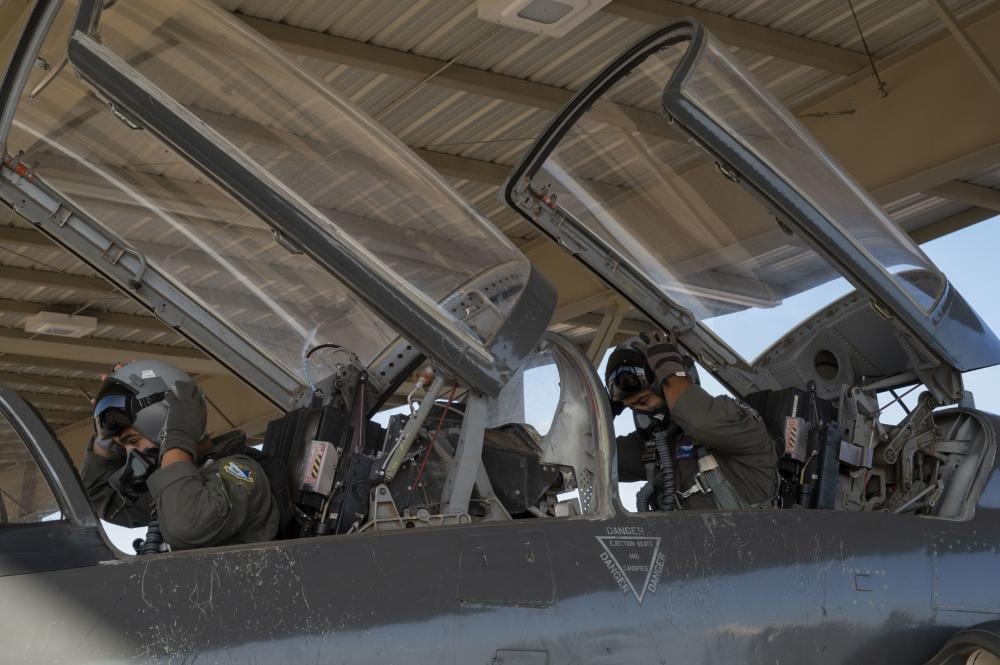
Air Combat Command aims to finish checking the seats within 90 days, or by mid-October, spokesperson Alexi Worley said in a statement first reported by Breaking Defense on Friday.
“Based on data gathered from those inspections, ACC will make a determination to resume operations,” Worley said.
Though ACC owns most of the Air Force’s more than 300 F-35As, some are managed by other major commands like U.S. Air Forces in Europe and Pacific Air Forces. Command spokespeople did not respond to emailed queries Friday.
RELATED
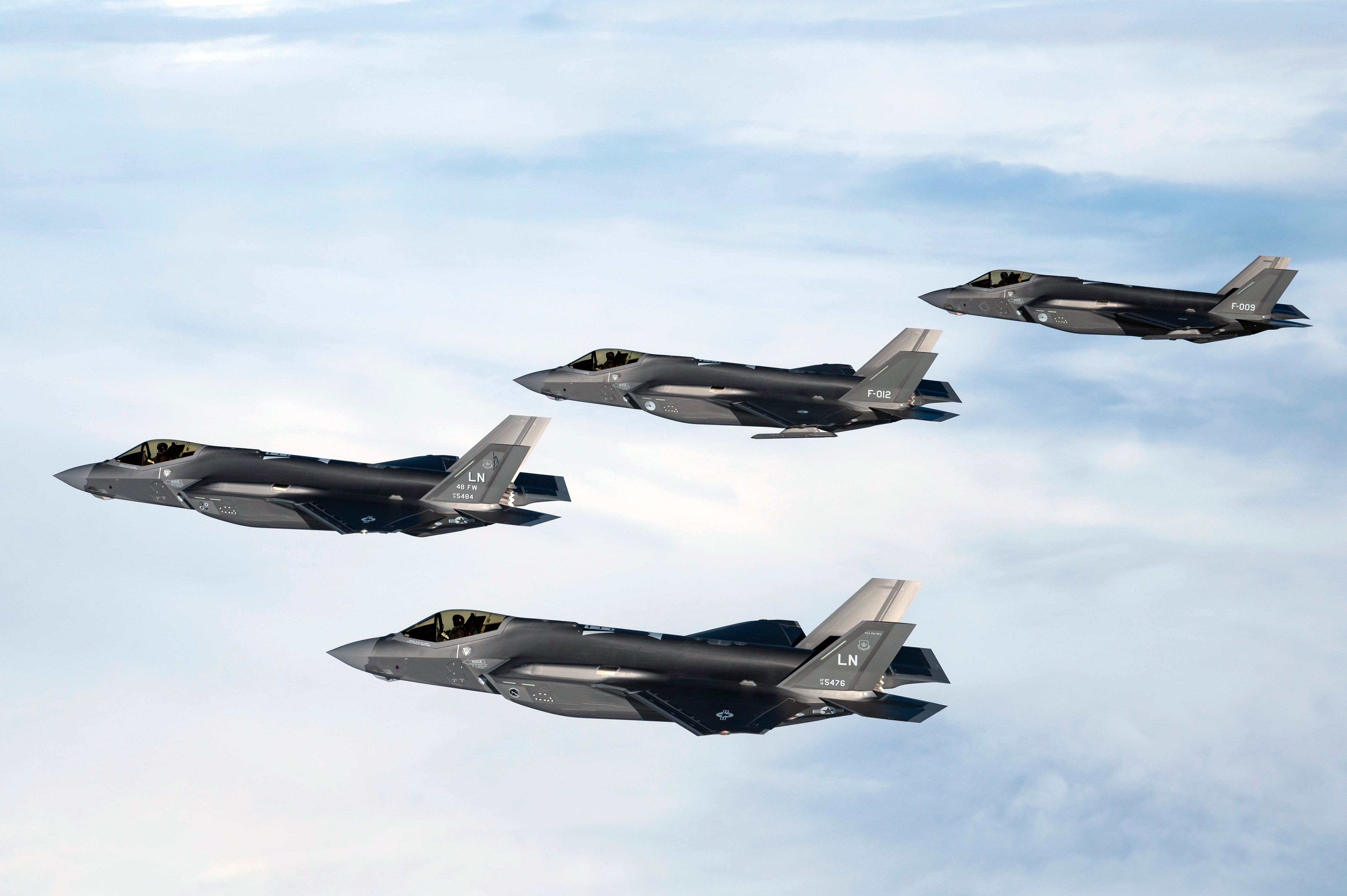
The cartridge problem came to light during an F-35 inspection, according to an unconfirmed summary of a briefing within the Air Force’s Air Education and Training Command obtained by Air Force Times. Service officials did not respond to requests to confirm or deny the summary’s narrative of events.
An ejection cartridge felt suspiciously light and, after a closer look, turned out to be missing its explosive charge that would lift someone to safety. The military had tested 2,700 F-35 ejection seat cartridges and discovered three failures as of Wednesday, the briefing summary said. It did not specify which service’s version of the fighter had the defective seats.
Martin-Baker’s Mk16 ejection seats are used on all F-35 variants, the T-6 and T-38 trainer aircraft, NATO’s Eurofighter Typhoon and France’s Dassault Rafale fighters, and other aircraft flown by Turkey and South Korea. The company has not answered a request for comment.
The U.K. Royal Air Force also stopped “non-essential” flights for its Red Arrows jets and Typhoon warplanes after a safety concern arose with its ejection seats, the Daily Mail reported.
Neither the F-35 Joint Program Office nor NATO’s Allied Air Command responded to queries emailed Friday about the potential impact on the international fighter enterprise.
RELATED
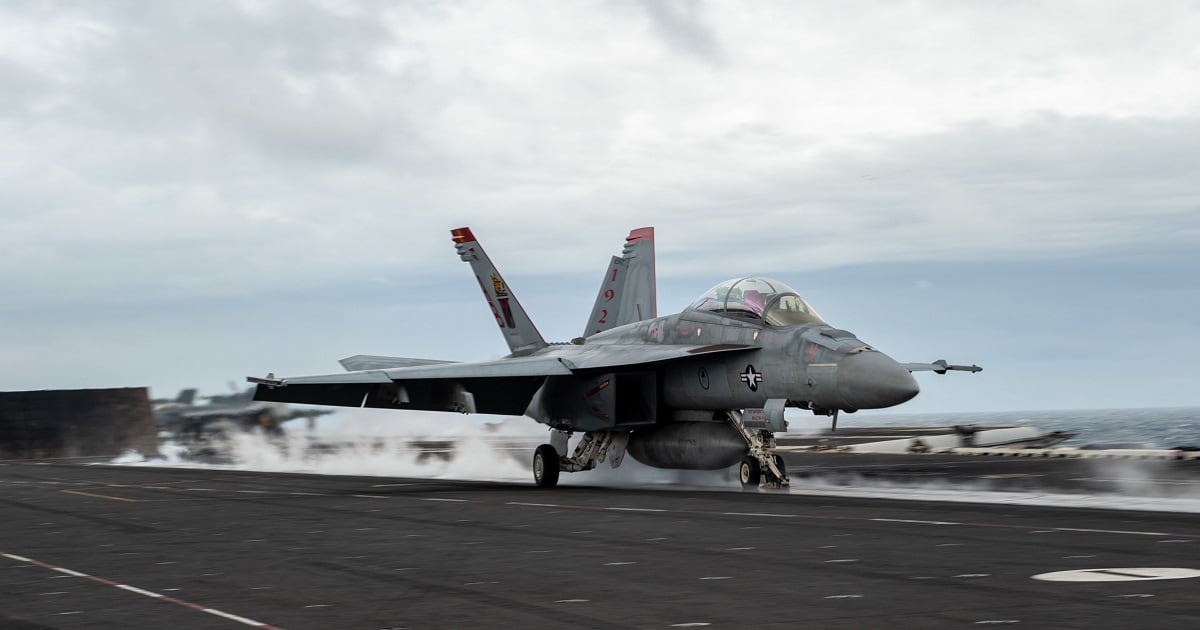
Platforms like the Navy’s F/A-18 are outfitted with earlier Martin-Baker seat designs, as well. The sea service has grounded portions of its F/A-18B/C/D Hornet and F/A-18E/F Super Hornet, E/A-18G Growler electronic attack and T-45 Goshawk and F-5 Tiger II training fleets for the same cartridge problem.
Naval Air Systems Command has declined to say how many aircraft are affected, citing operational security concerns. The issue “only affects aircraft equipped with [cartridge actuated devices] within a limited range of lot numbers,” the service said in a statement.
The Navy said no one has died or been injured because of the defects; the Air Force has stressed its groundings are a precaution to get ahead of any fatalities.
F-35 Joint Strike Fighters are the Pentagon’s premier fighter jet flown by the Air Force, Navy and Marine Corps, plus more than a dozen foreign countries that have ordered or received them. In April, the Government Accountability Office reported it will cost more than $1.7 trillion for the Pentagon to buy, operate and maintain the jets in the U.S.
RELATED
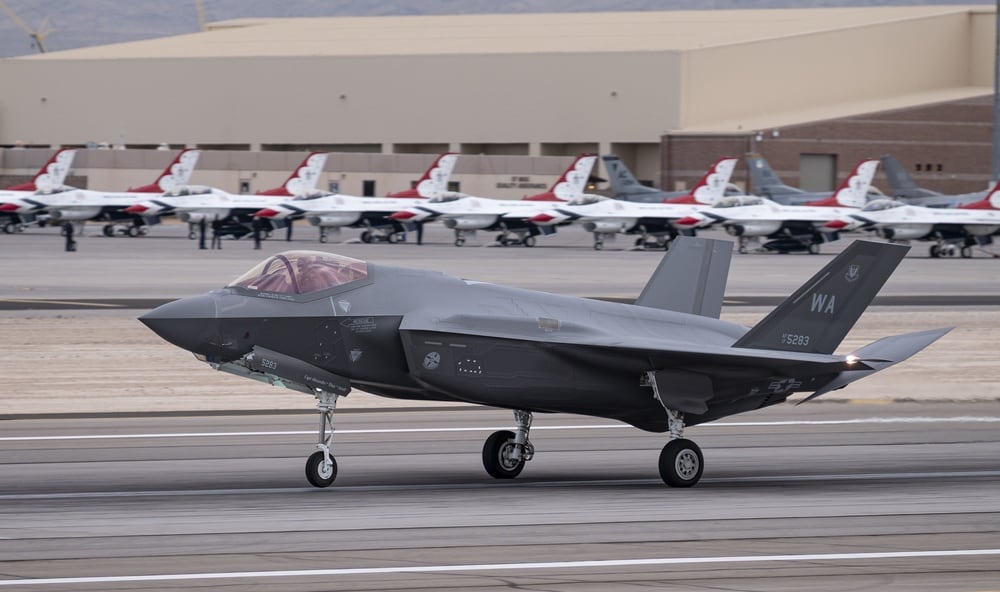
Lockheed Martin plans to build more than 3,000 F-35s for militaries around the globe. More than 800 planes have been delivered so far over the past 15 years, over half of which belong to the U.S.
Joint Strike Fighters were last publicly grounded in South Korea in January after one of the country’s jets malfunctioned and landed on its belly. Before that, the U.S. grounded all of its F-35s worldwide over fuel tube problems, among a slew of other software and hardware hurdles to the fleet’s rollout.
The same day as ACC began probing its ejection seats, Bloomberg reported some F-35s could be grounded for a separate problem: an enduring shortage of working engines.
Nine percent of F-35s weren’t operational in mid-2020, GAO said in a July 19 report.
“DOD’s strategy allows 6% of F-35s to be unavailable for missions at any given time due to engine issues,” the federal watchdog wrote. “But the number of F-35s that this leaves available for operations isn’t what the military services consider to be sufficient … in part because its strategy doesn’t ensure enough spare engine parts are available.”
Rachel Cohen is the editor of Air Force Times. She joined the publication as its senior reporter in March 2021. Her work has appeared in the Washington Post, the Frederick News-Post (Md.), Air and Space Forces Magazine, Inside Defense, Inside Health Policy and elsewhere.
